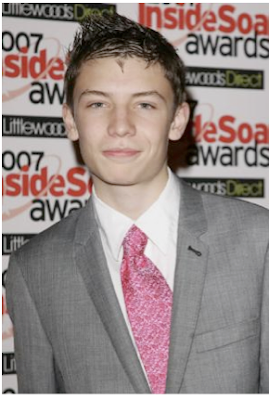Gender & Sexuality
Points to Consider:
Gender and sexuality are terms with specific meanings:
Gender refers to the social construction of our sexual identity and is therefore a wider-ranging term than ‘sex’, which is taken to refer to biological difference.
The term sexuality refers to the social construction of identity as much as it refers to biological sexual orientation. It is different from gender in that is not intrinsically ‘visible’. Information regarding a person or character’s sexuality must therefore be coded through a range of social, visual or lifestyle signifiers.
Women, lesbians and homosexuals have all been subject to long histories of social and political oppression and repression. These histories should be taken account in your response.
You need to be prepared to describe and explain narrative examples and scenes in detail to support your points.
One approach would be to examine the key character types. You might begin by considering the different kinds of male heroes that you have come across. You could consider Yvonne Tasker’s conception (1993) of two main types of 1980’s male hero; the ‘tough guy’ and the ‘wise guy’.
Another approach would be to choose examples of films across a period of time to indicate whether or not you feel representations have changed.
You could examine the role of stereotypes in films. How far do you fell audiences are sensitive to stereotyping?
It might be useful to examine the critical response to films where the representations have been contentious such as Lara Croft: Tomb Raider.
How far do you think the representations of gender and sexuality in genre account for the low esteem in which it has been held by critics?










































